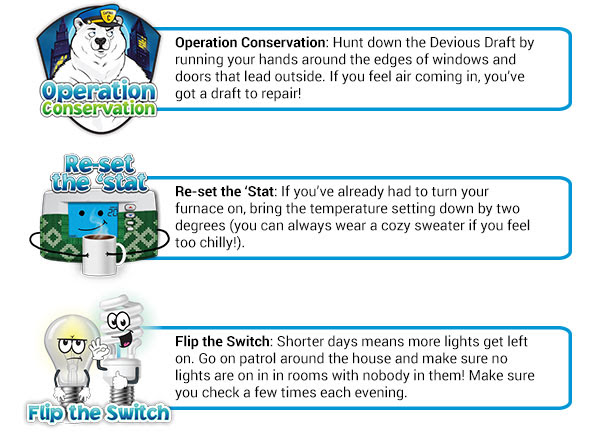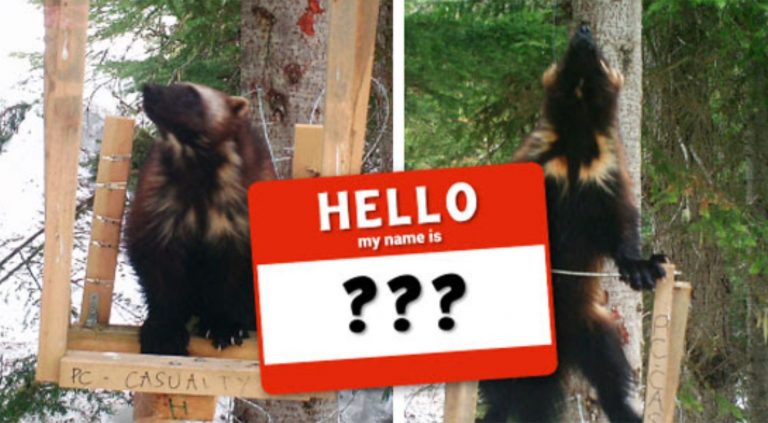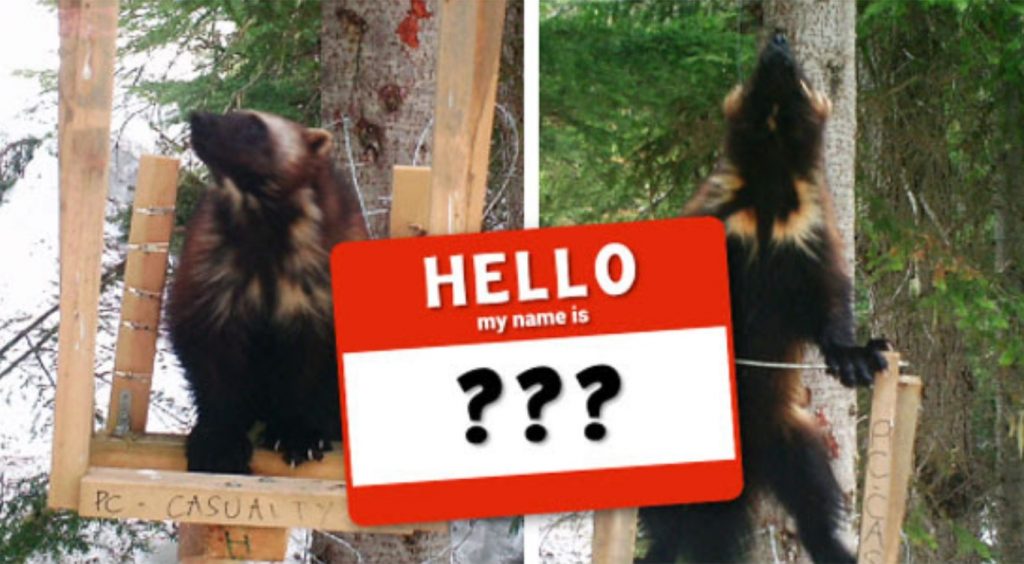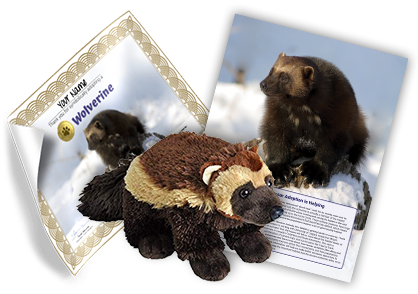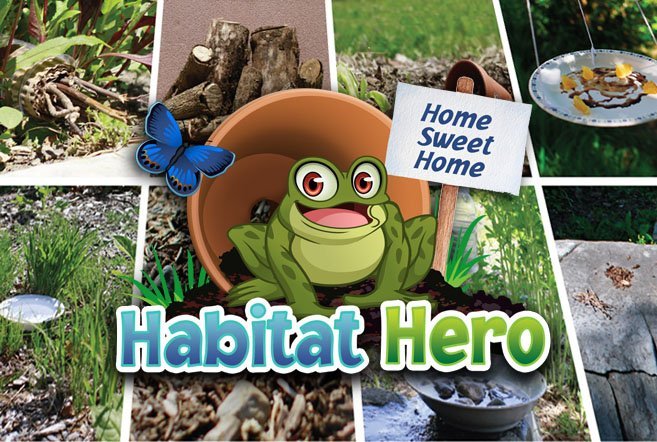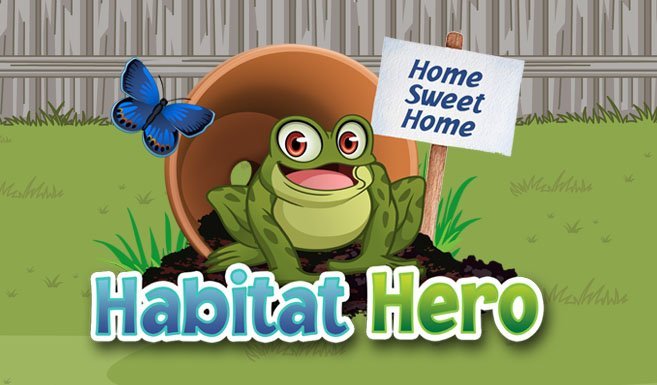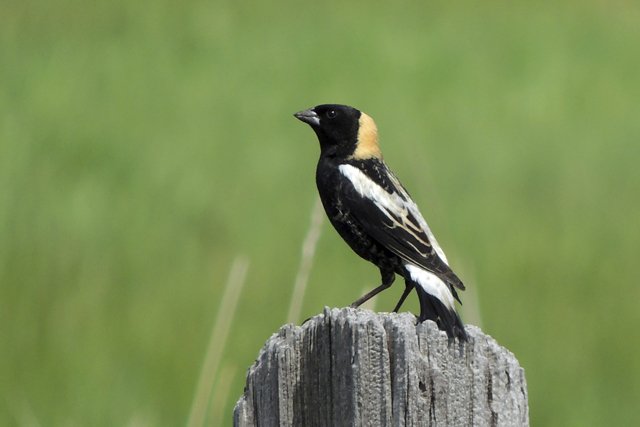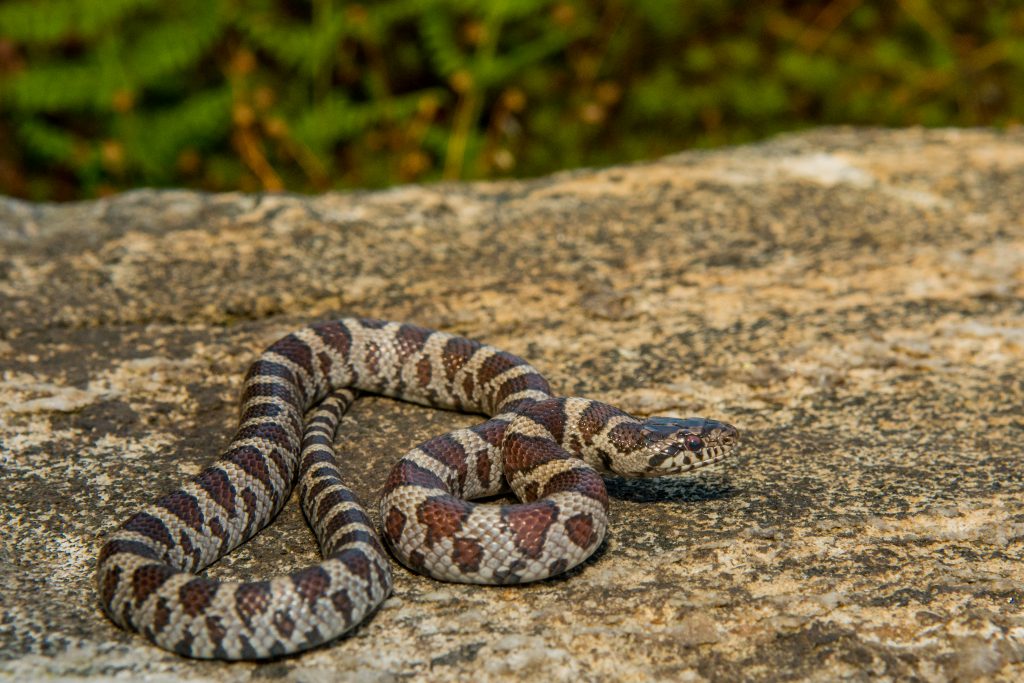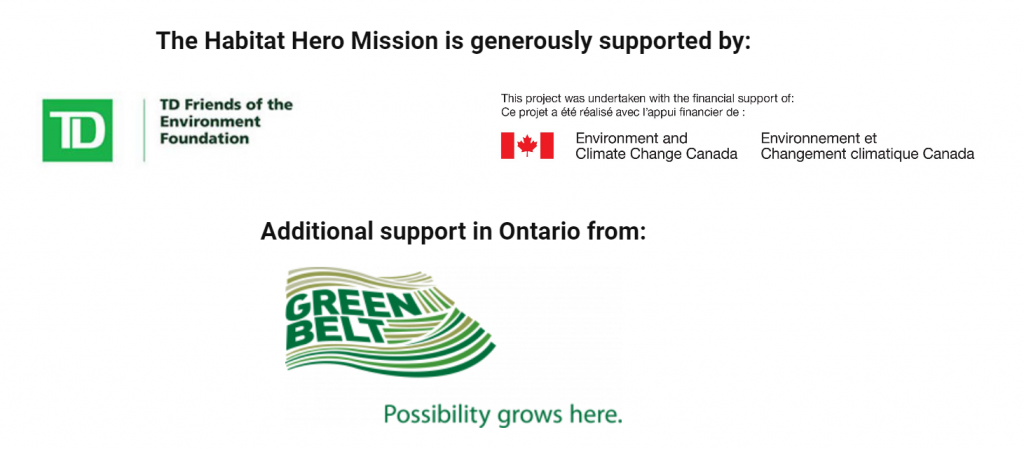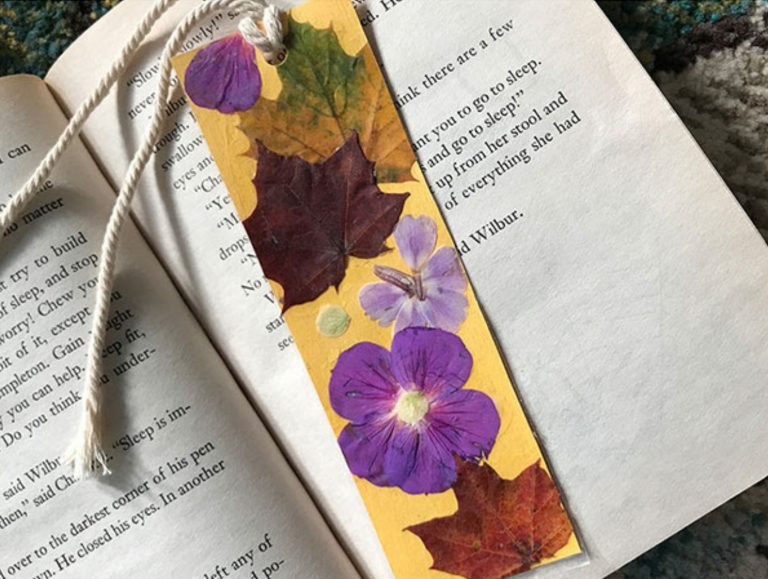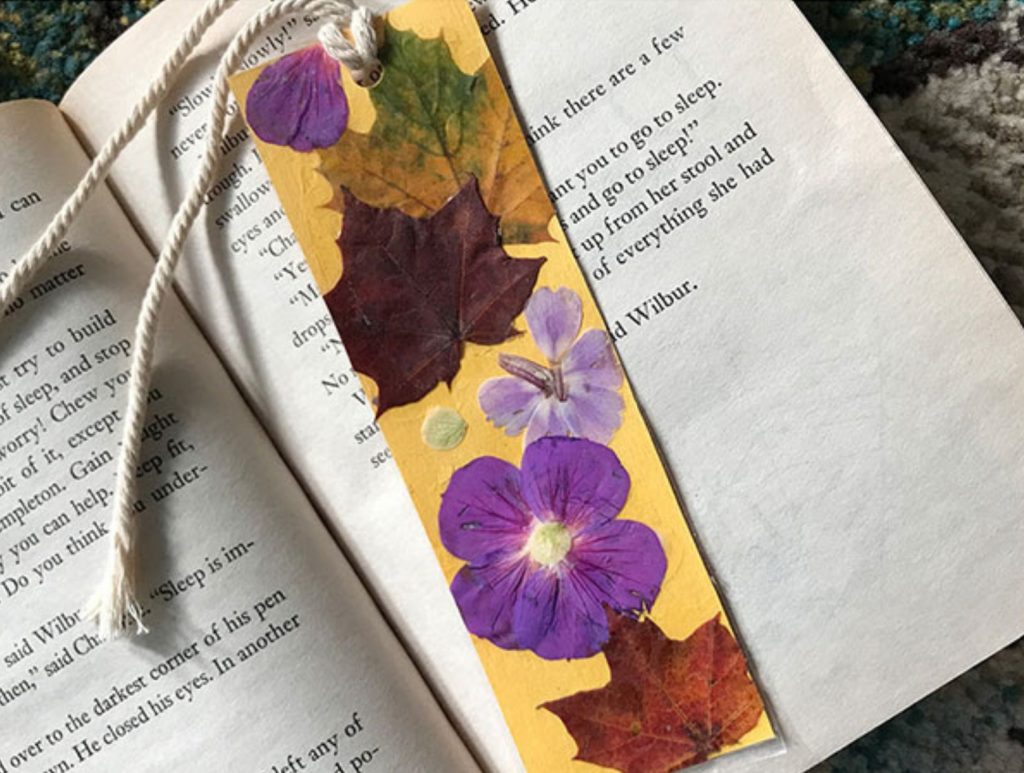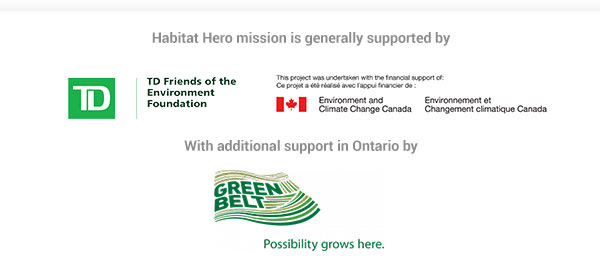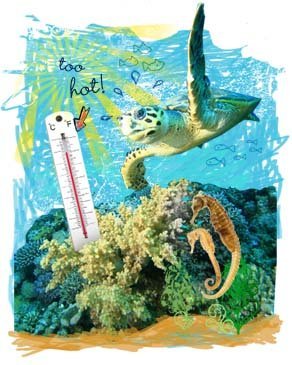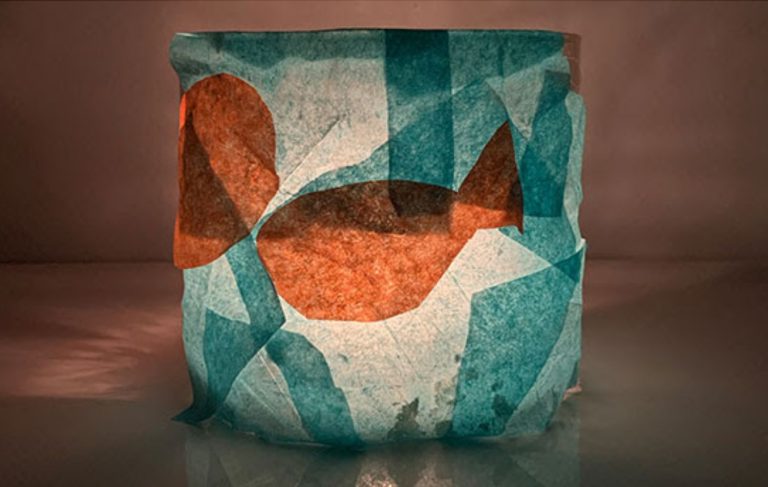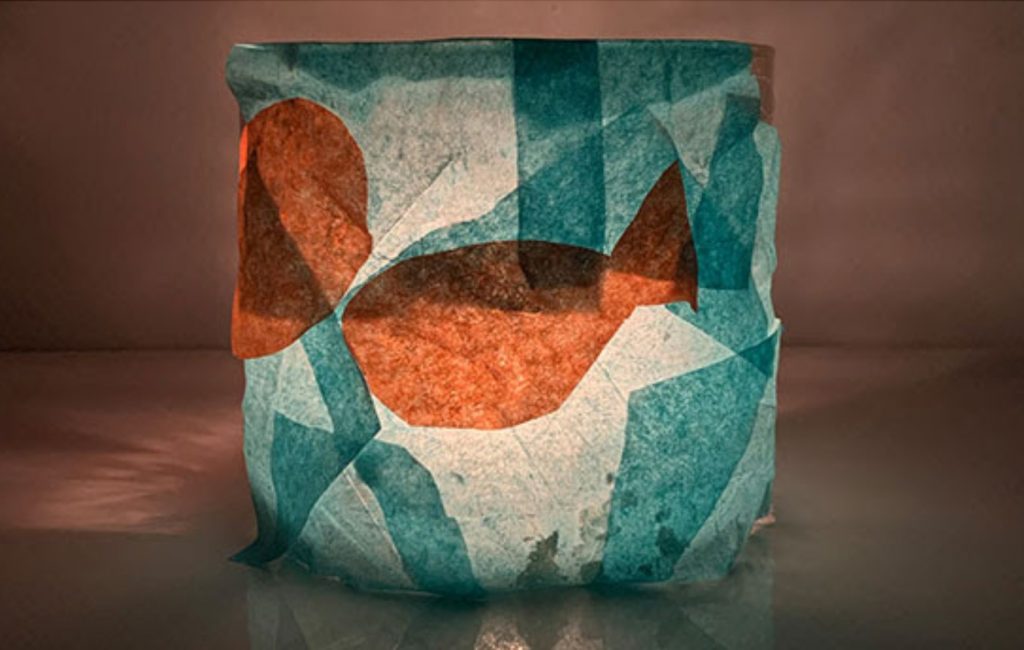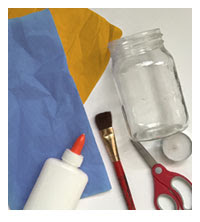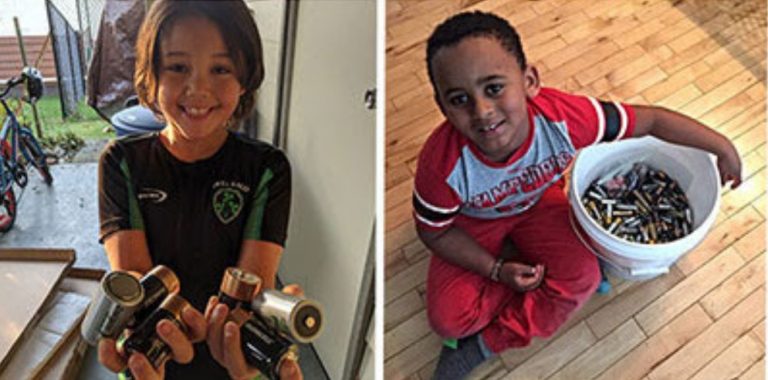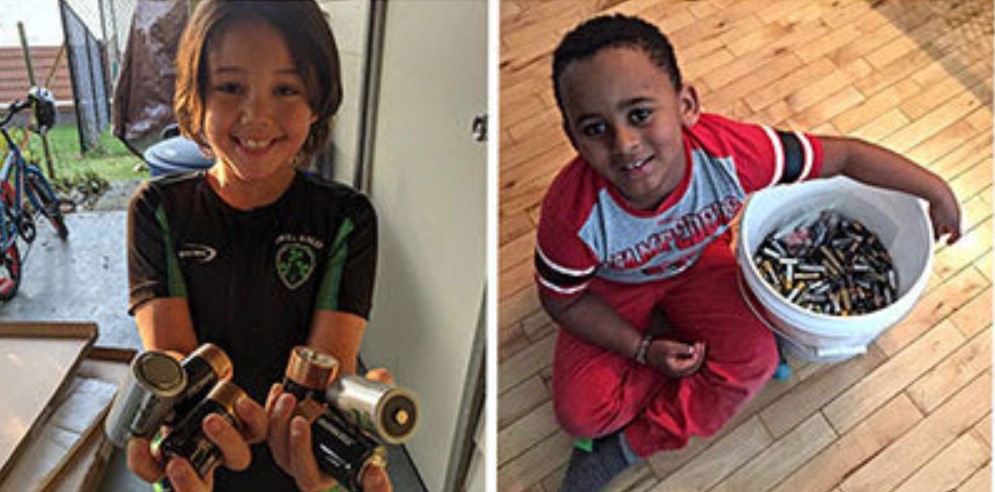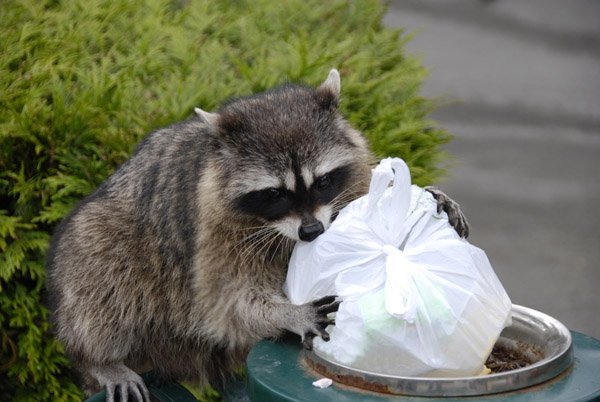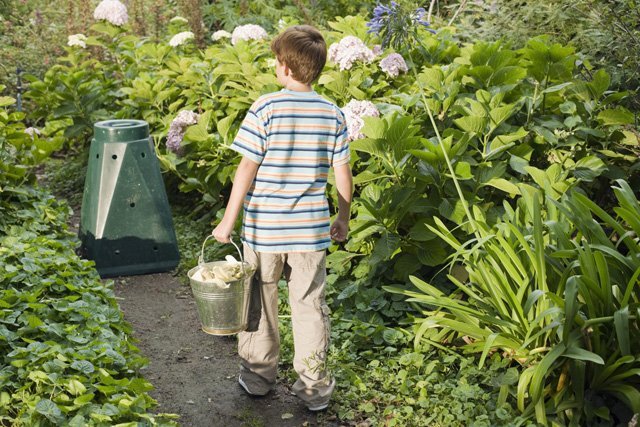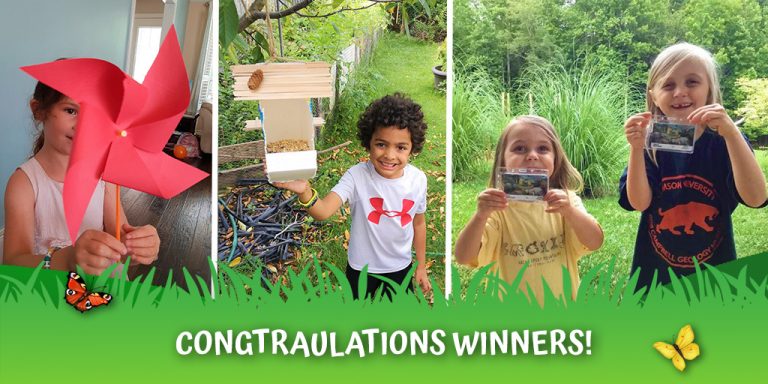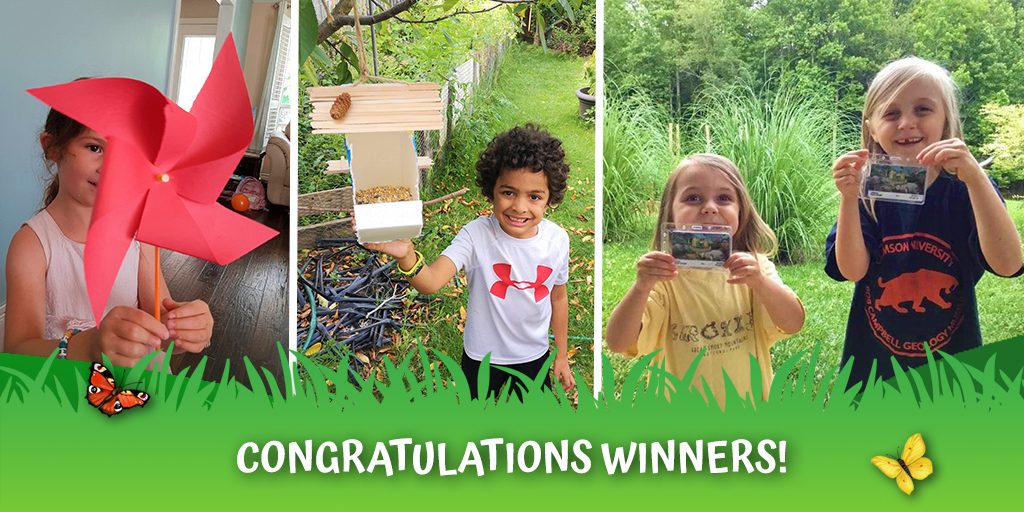When you put your Green
Bin out by the curb for pickup, did you know that the banana peels, carrot tops
and eggshells inside could power the truck that’s going to drive them to the
processing facility? It’s true — if you live in Toronto, your recycling truck
might be powered by organic waste!
We all know that
composting organic items is a great green idea, because it helps keep them out
of landfills. But did you know that when organic items are processed, they
release something called biogas? Biogas is incredibly useful, because it’s a
type of renewable natural gas. But how does this all work? Let’s take a
look at the long journey your organic waste takes; from the time it leaves your
house to the time it gets transformed!
From Green Bin to Green
Energy
Step 1: You, amazing
Earth Ranger, are the first step in this process. You make sure your Green Bin
is full of all the right stuff, and you place it by the curb for
pickup.
Step 2: Your Green Bin
gets taken to an organics processing facility. Here, everyone’s organic waste
is pre-processed to remove all the things that aren’t supposed to be in there.
Plastic bags, bottles, cans — if it’s not organic, it doesn’t move on!
Step 3: The organic
material is sent to a giant tank called an anaerobic digester. Anaerobic
just means “without oxygen.” In this environment,
microorganisms can break down the organics and produce two things: solids (rich
compost) and biogas. Currently, the biogas is being burned off, and none of
that great energy is being captured.
Step 4: With the help of
Enbridge Gas, the City of Toronto is upgrading their equipment so the biogas
that’s released can be captured, purified and turned into renewable natural
gas.
Step 5: The renewable
natural gas will be added to the natural gas grid, which is a network of
pipelines that allows the gas to be moved around and developed for different
things, like being turned into electricity, heating homes, and powering
vehicles.
So, that banana peel you
just tossed into your Green Bin might one day power your television. Isn’t
green energy amazing?
Is Your Car Green?
We all know that biking, walking or taking public transportation are environmentally-friendly options for getting from place to place, but sometimes you might need to take the car. If you want to make sure your car is as green as possible, you should check out our Stop and Go Green mission, sponsored by our friends at Enbridge Gas! In this mission, you’ll get a window sticker to show the world that you’re going green, a test for you to give the drivers in your life and some tips and tricks to share with them. (Like, for instance: did you know your car wastes less gas if you’re not constantly stopping and starting? Or that turning off the air conditioner will help to conserve fuel?) Plus, you’ll also earn points on the Earth Rangers app when you accept this mission and more points when you complete it! That’s a win-win-win! So, what are you waiting for? It’s time to stop…and go green!
The Stop and Go Green Mission is generously supported by:
Additional support in Quebec provided by:





